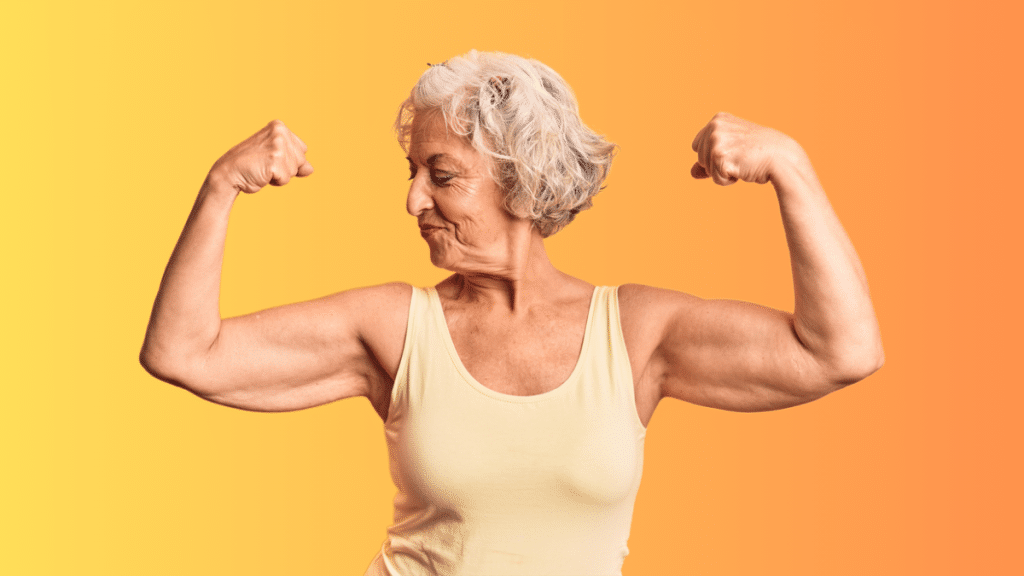Gloria Gibson served as president of Northeastern Illinois University in Chicago, Illinois, from July 2018 to June 2023. She enjoys a range of activities, including reading, traveling, gardening, yoga, walking, and strength training. As a practitioner of Les Mills Body Pump, she finds these workouts particularly challenging and fun because building strength and muscle tone are choreographed to invigorating music. This article will take a closer look at strength training and the health benefits it can offer to senior adults.
Public health guidelines now include strength training as a recommended form of exercise for older adults. Also known as resistance training, strength training imparts numerous health and lifestyle benefits, including helping participants to reduce and prevent age-related loss of muscle mass and strength.
To maintain and gain muscle strength and reduce the risk of injury, older adults need to follow training programs incorporating carefully selected exercises specifying repetitions and frequency. Training programs must be both appropriate and challenging, although public health guidelines on this are currently somewhat vague. For older adults keen to get started with strength training, the lack of information can make it hard to know where to start.
A paper published by Sports Medicine highlights this lack of guidance, providing evidence-based recommendations to help older individuals gauge the right resistance exercises for them. According to the paper, exercises appropriate for older individuals include:
- Multi-joint exercises, such as the plank, shoulder press, lateral pull downs, rows, deadlifts, chest press, and squats.
- Single-joint exercises, such as bicep and tricep curls, leg curls and knee extensions, hip extensions and hip abductions, and calf raises.
Known as compound exercises, multi-joint exercises are movements that work several joints and muscle groups simultaneously. They are an essential component in any effective resistance training program for participants of all ages and abilities. One of the main benefits of multi-joint exercises is their effectiveness in building strength throughout the whole body. One particularly beneficial multi-joint exercise for older adults is squats, helping to strengthen muscles in the lower body and reduce the risk of falls.
In terms of single-joint exercises, knee extension exercises activate the rectus femoris, a quad muscle that is particularly important for walking and balance. Calf raises are the simplest and most effective way of strengthening the calf muscle, while hip abductions help strengthen the gluteus medius, an important muscle for hip stability and balance.
Strength exercises can be carried out either at home or in the gym to help older individuals improve their health and mobility. For those who have not participated in an exercise regime for some time or those lacking mobility, there are numerous gentle, easy-to-follow activities to choose from, including chair-based exercises.
With chair-based exercises, it is important to select a solid, stable chair without wheels that will not slip on the floor. The feet should be positioned flat on the floor with the knees bent at right angles. It is best to avoid a chair with arms, as this will restrict movement. The individual should wear loose, comfortable clothing, exercising with a bottle of water nearby.
The sit-to-stand exercise is a simple physical activity that involves:
- Sitting on the edge of a chair, feet spaced hip-width apart, and leaning slightly forward.
- Slowly standing, pushing up with the legs not the arms, looking forward rather than down.
- Standing upright before slowly sitting back down, using the hands or arms just for guidance, if possible.
Participants should aim for five repetitions, the slower the better.
Calf lifts are done from a standing position, resting the hands on the back of a chair for stability and lifting both heels off the floor simultaneously as far as is comfortable. The movement should be fluid, slow, and controlled. This exercise should also be repeated five times.
Public health bodies recommend that older adults should participate in some type of physical activity every day, helping them to improve and maintain their health and reduce the risk of numerous medical complaints including heart disease and stroke.

